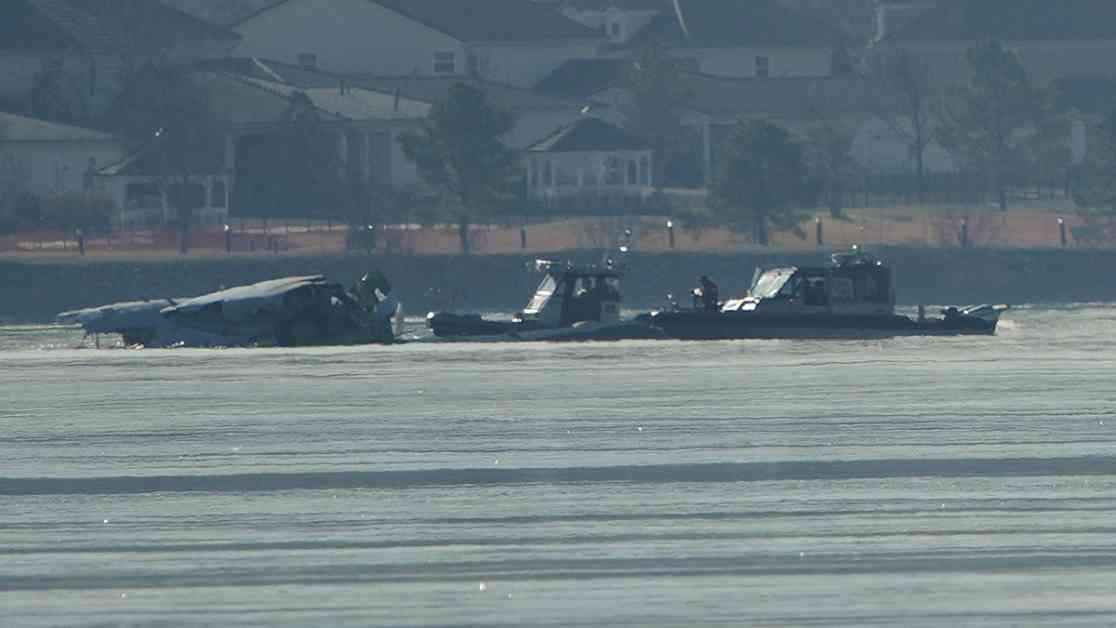The night was clear as American Eagle Flight 5342 descended into the bustling airspace above the nation’s capital. Pilots were in communication with air traffic control, following a standard approach to Ronald Reagan Washington National Airport. However, tragedy struck when the passenger jet collided with an Army helicopter, igniting a fatal midair collision that sent both aircraft plunging into the Potomac River.
Federal investigators are now tasked with unraveling the events leading up to the crash, a process that aviation experts predict will be complex and multifaceted. Kenneth Byrnes, a seasoned pilot and chairman of the flight training department at Embry-Riddle Aeronautical University, lamented that a series of unfortunate circumstances had aligned to cause the accident.
The National Transportation Safety Board (NTSB) has taken charge of the investigation, with support from the Federal Aviation Administration (FAA) and the U.S. Army. The meticulous inquiry will involve collecting evidence from the crash site, analyzing radio transmissions, reviewing aircraft flight data, and interviewing air traffic controllers to piece together the sequence of events that led to the tragic collision.
NTSB Chair Jennifer Homendy emphasized the agency’s comprehensive approach to investigating the crash, focusing on the human, mechanical, and environmental factors involved. She underscored the importance of examining every aspect of the accident to determine its root cause, a process that could take a year or longer to complete.
While it is still too early to draw definitive conclusions, aviation experts are already speculating on potential factors that may have contributed to the crash. Concerns have been raised about the effectiveness of collision avoidance systems, the pilots’ communication with air traffic control, and any visual obstructions that could have impeded their ability to see each other.
One critical aspect under scrutiny is the absence of advanced collision avoidance technology on the military helicopter involved in the crash. Unlike commercial jets equipped with the Traffic Alert and Collision Avoidance System (TCAS), most military helicopters lack this safety feature, leaving them vulnerable to midair collisions.
As investigators delve deeper into the circumstances surrounding the crash, they will closely examine the interactions between the pilots and air traffic controllers. Former FAA and NTSB accident investigator Jeff Guzzetti stressed the importance of scrutinizing the communications between the aircraft and the control tower to identify any potential human errors that may have contributed to the disaster.
The proximity of the crash to Reagan National Airport, with its unique challenges and congested airspace, has heightened concerns about the safety of air travel in high-traffic areas. Aviation experts have highlighted the difficulty of navigating the airport’s bright lights and heavy air traffic, which could obscure aircraft from view and increase the risk of collisions.
The tragic collision has underscored the inherent risks of aviation, especially in densely populated areas like Washington, D.C. Despite advancements in safety technology and regulations, accidents like the midair crash serve as stark reminders of the dangers inherent in flying.
As the investigation unfolds and more details emerge, the aviation industry will undoubtedly undergo closer scrutiny to prevent similar tragedies in the future. The quest for answers continues as authorities piece together the events that led to the fatal midair collision over the nation’s capital.
























